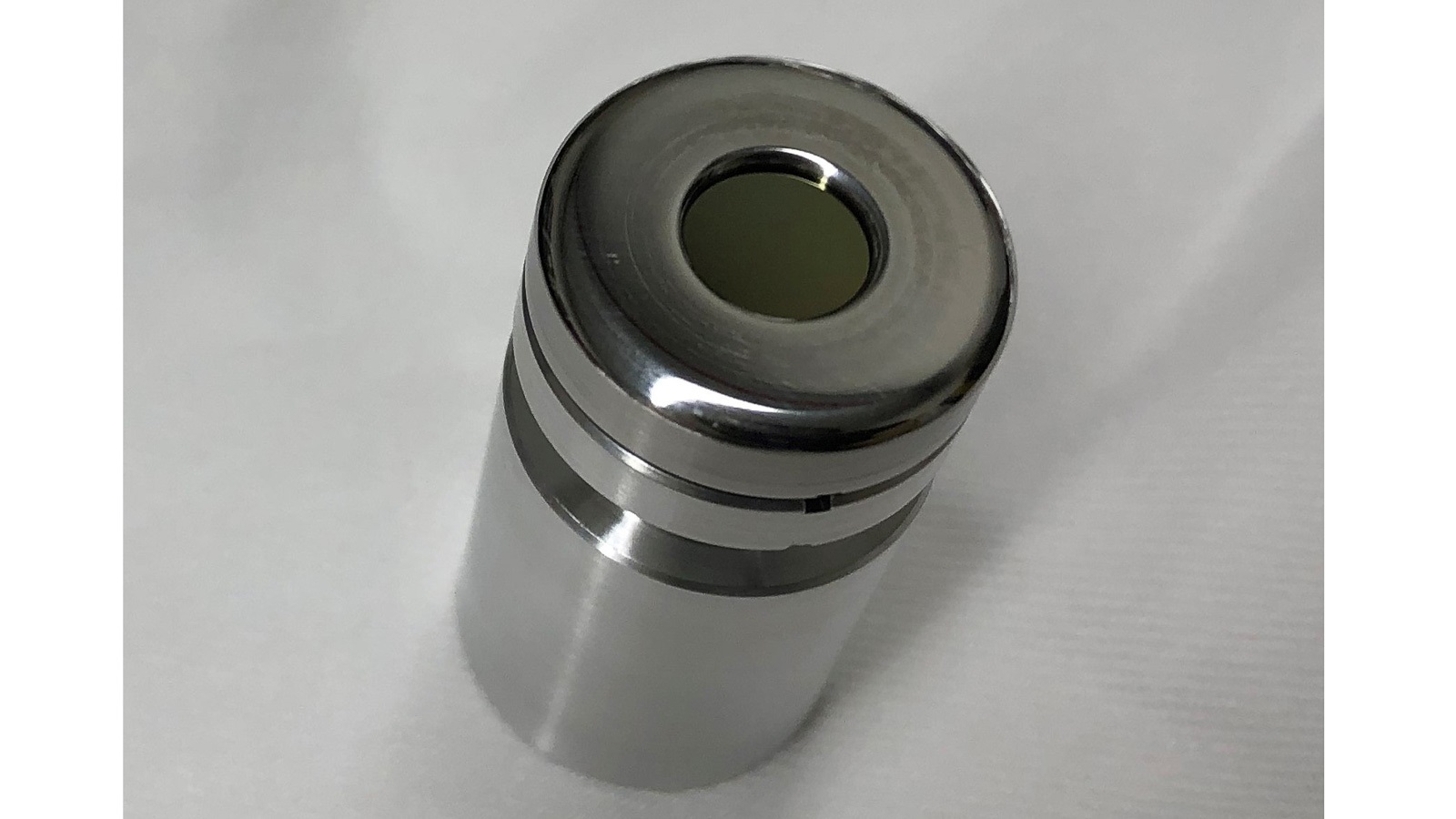When it comes to producing high-quality electron beams like those found in state-of-the-art scientific equipment like free-electron lasers, ultrafast electron diffraction and imaging and wakefield accelerators, scientists have looked to photocathode technology as a way to convert light to electrons. These tools give researchers a way to more deeply penetrate into materials and atomic structure and behavior under real-world conditions.
Photocathodes work through a process called the photoelectric effect, in which photons — typically emitted by a laser — strike a material, exciting electrons off of its surface. Photocathodes are preferable to other forms of cathodes because they give scientists the ability to better control the quality of the electron beam. Yet, photocathodes have room to improve.
Scientists trying to create a new photocathode need to develop a material that meets three different parameters. First, it has to have high “quantum efficiency” — the ratio of electrons produced per incoming photon. Second, it needs to have low intrinsic emittance, which measures how much the beam may diverge after it is produced. Last, the photocathode must tolerate conditions less than a perfect vacuum.
In a new study from the U.S. Department of Energy’s (DOE) Argonne National Laboratory, researchers have demonstrated a new material that has an excellent balance of these parameters.
The material itself — called ultrananocrystalline diamond, or UNCD — is an Argonne-patented material. Researchers at Argonne’s Center for Nanoscale Materials (CNM), a DOE Office of Science User Facility, have synthesized UNCD by a chemical vapor deposition technique. The UNCD material has existed for a number of years, but this study was the first to apply it to photocathodes in an RF photocathode gun environment, said Argonne physicist Jiahang Shao. “UNCD was developed at Argonne for other applications, but because of its unique properties we found that it also suited the needs of an advanced photocathode.”
According to Shao, most previous photocathodes could be either metallic or semiconducting. Each, he said, had advantages and drawbacks. Metallic photocathodes have longer lifetimes because they can survive in poor vacuum environments, but semiconducting photocathodes have higher quantum efficiency.
Because UNCD-based photocathodes can be chemically toggled to behave in a semi-metallic manner, they can achieve benefits not necessarily seen in pure metal or semiconductor photocathodes, said Gongxiaohui Chen, currently a postdoc at Argonne and first author of the study.
“Normally, pure diamond acts as an insulator,” Chen said. “But in the case of UNCD, it can be tuned through different doping techniques to behave like a semimetal. Nitrogen-doped UNCD shows a higher quantum efficiency value than some of the best metallic photocathodes, excellent vacuum tolerance, better than all of the semiconductor and even some metallic photocathodes, and moderate intrinsic emittance, in the range of state-of-the-art metallic and semiconductor photocathodes.”
The study was conducted on the Argonne Cathode Test-stand. Future work includes tests with an increased cathode surface field with an improved cathode assembly design, measurements of the cathode response time and characterization of surface terminated cathodes.
An article based on the study, “Demonstration of nitrogen-incorporated ultrananocrystalline diamond photocathodes in a RF gun environment,” appeared in the October 27, 2020 issue of Applied Physics Letters. Other authors of the study include Argonne’s Manoel Conde, Gwanghui Ha, Wanming Liu, John Power, Eric Wisniewski and Ani Sumant. Linda Spentzouris of the Illinois Institute of Technology and Chunguang Jing, Sergey Antipov, Edgar Gomez and Kiran Kumar Kovi of Euclid TechLabs LLC also collaborated.
The work was funded by DOE’s Office of Science and the National Science Foundation.
About Argonne’s Center for Nanoscale Materials
The Center for Nanoscale Materials is one of the five DOE Nanoscale Science Research Centers, premier national user facilities for interdisciplinary research at the nanoscale supported by the DOE Office of Science. Together the NSRCs comprise a suite of complementary facilities that provide researchers with state-of-the-art capabilities to fabricate, process, characterize and model nanoscale materials, and constitute the largest infrastructure investment of the National Nanotechnology Initiative. The NSRCs are located at DOE’s Argonne, Brookhaven, Lawrence Berkeley, Oak Ridge, Sandia and Los Alamos National Laboratories. For more information about the DOE NSRCs, please visit https://science.osti.gov/User-Facilities/User-Facilities-at-a-Glance.
Argonne National Laboratory seeks solutions to pressing national problems in science and technology. The nation’s first national laboratory, Argonne conducts leading-edge basic and applied scientific research in virtually every scientific discipline. Argonne researchers work closely with researchers from hundreds of companies, universities, and federal, state and municipal agencies to help them solve their specific problems, advance America’s scientific leadership and prepare the nation for a better future. With employees from more than 60 nations, Argonne is managed by UChicago Argonne, LLC for the U.S. Department of Energy’s Office of Science.
The U.S. Department of Energy’s Office of Science is the single largest supporter of basic research in the physical sciences in the United States and is working to address some of the most pressing challenges of our time. For more information, visit https://energy.gov/science.
